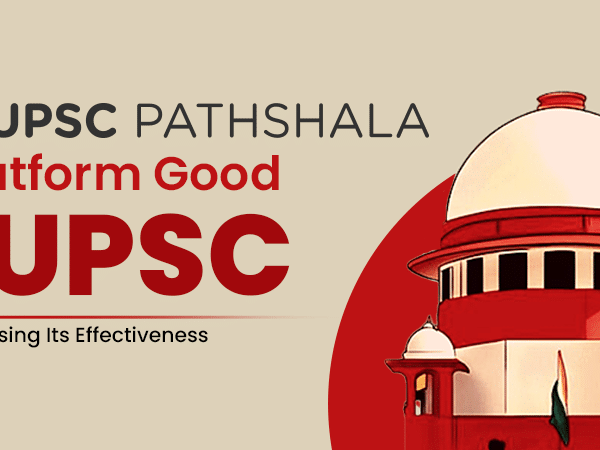There has been considerable talk over the past few years about India as a “global soft power”. Political attention at the global level has focused largely on specific regions due to the potential for conflict or flexing of muscles by some powers. India is, undoubtedly, not in this league of exhibition of military might and is not seen as a player of such power politics as some other nations. However, in an era of greater globalization and efforts by others to dominate world affairs, India needs to refine its existing strategy by which it carves out its own rightful place in the world.
Hard power refers to the use of military and/or economic means to exert one’s influence upon another. In practice, the application of “hard” power tends to be fundamentally coercive in nature. The Indian covert support of the Mukti Bahini and later the overt military intervention into Bangladesh, the Soviet threat to use nuclear weapons against Britain and France during the Suez Crisis, and the imposition of economic sanctions on socialist Cuba by the United States are all examples of the utilization of “hard” power.
According to Harvard political scientist, neo-liberal academician, Joseph Nye in 1980, the one who coined the term ‘soft power’, it is the ability of a country to persuade others to do what it wants without resorting to force or coercion. Soft power, he said, lies in a country’s attractiveness and comes from three resources: its culture (in places where it is attractive to others), its political values (when it lives up to them at home and abroad), and its foreign policies (when they are seen as legitimate and having moral authority). Though slower to yield results, soft power is a less expensive means than military force or economic inducements to get others to do what we want.
India boasts an amazing variety and wealth of soft power resources. Its spiritualism, yoga, movies and television soaps, classical and popular dance and music, its principles of nonviolence, democratic institutions, plural society, ayurveda and cuisine have all attracted people across the world. Indian spirituality has had a global presence since a long time. One of its manifestations is the large number of Yoga centers running across the world. Indian classical dances enjoy a high degree of world-wide acclaim and appreciation. The global popularity of Bollywood films is another instance of the strength of India’s soft power. Centuries ago when India did exercise power far beyond its shores, it has done so through influences confined to the religious, cultural or social arenas. It is for this reason that countries of Southeast Asia still retain India’s influence in their languages, cultural activities and to varying degrees even in their religious beliefs. Buddhism, of course, was India’s offering to the world, and combined with it there were, undoubtedly, cultural influences, the signs of which are apparent even today, particularly in Southeast Asia.
It is only over the past decade or so that India has begun to play its soft power cards more systematically. Besides setting up a public diplomacy division within the Ministry of External Affairs in 2006 and expanding the Indian Council for Cultural Relations (ICCR) worldwide, it has roped in the Ministry of Tourism, which is behind the “Incredible India” campaign, and the Ministry for Overseas Indians “to showcase its social, political, and cultural assets abroad,” The government actors are working to leverage India’s soft power “by using it to support larger foreign policy initiatives such as the Look East Policy (now Act East), the Connect Central Asia policy, and developing strategic aid and trade partnerships in Africa,” he said, adding that in each of these initiatives, “official diplomacy has been buttressed by cultural exchange and efforts at increasing public knowledge and appreciation of India in foreign countries.”
India has a lot more to offer in terms of its relationship with other parts of the world. This is a country which has always respected knowledge and education, notwithstanding the lamentable state of our own education system today, and India has much to offer to Africa, Southeast Asia, Latin America — it is already offering a great deal to higher education in the west, with some of the most distinguished academics coming from India. In Africa, many universities and even high schools are appreciative of the experience and skills they have been able to draw from India. But perhaps we need to go beyond export of talent and emigration of teachers to other parts of the world. It is essential to realize that, if our own educational system and scientific institutions are fossilized and weak, we will never be able to achieve a soft power status that we may aspire to. As the world seeks human capital in areas of advanced science, technology and related disciplines, which are essential for development in the 21st century, then India must first put its own house in order in the educational and scientific fields.
Over centuries, and particularly during the colonial period, India was unable to build on its previous contributions to other societies and, sadly, the Buddhist linkage also weakened. It is truly sad that places like Bodh Gaya, Sarnath and others of importance to Buddhism have neither been treated with the respect and importance they deserve, nor have we established infrastructure around them which would have attracted a larger number of Buddhist pilgrims to combine religious tourism with entertainment and healthy enjoyment. This, of course, is no different from the manner in which we have treated the city of Agra, where apart from the Taj Mahal and the historic fort there is little to attract the average tourist, and much to repel with the dirt, poverty, pollution and lack of infrastructure that exist. It is important for India to develop a very clear strategy for exercise of soft power, for which a coordinated strategy across sectors is essential.
India’s entertainment industry will continue to define India for foreigners, but as described previously, this will not be an effective means of power projection. Instead, India’s diverse and pluralistic society, and the fact that such a society has remained in one piece in spite all odds, can serve as a much more potent platform for exercising soft power. India might have some things to teach to the rest of the world when it comes to multiculturalism, especially in a world that is rapidly globalizing and one in which individual societies are dealing with alien ones on an unprecedented scale. On the other hand, however, India itself still faces numerous internal problems, and India is still far from serving as an effective model of a pluralistic society. It seems to me that India, at least for the near future, will have to continue to rely on its ever-expanding hard power as a means of influence. We have a long way to go in that regard even for domestic applications.The journey to exercise of soft power is necessarily hard.
India's 'Soft Power'.
Show Comments




